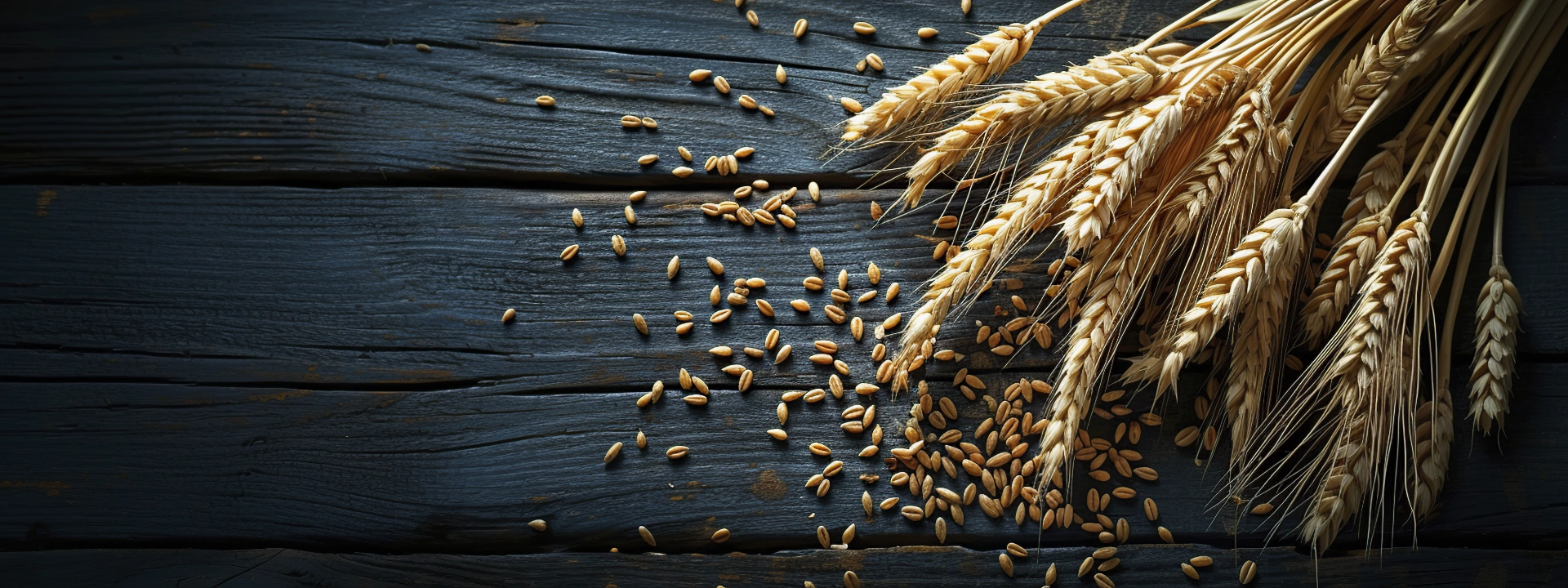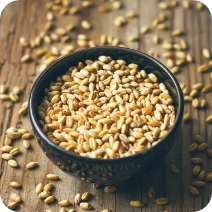Wheat
Wheat: A Staple of Human History and a Strategic Resource
Wheat, one of the oldest cultivated crops in human history, has been a staple on tables for thousands of years. As both a fundamental food source and an economically significant product, it holds strategic importance worldwide. Serving as the raw material for flour, pasta, bulgur, and many other food products, wheat is also widely used as livestock feed.
With its rich genetic diversity, wheat is categorized into three main groups:
-
Ancient/Heirloom Wheat (Emmer and other traditional varieties)
-
Durum Wheat (used mainly for pasta, known for its hardness)
-
Bread Wheat (softer varieties suitable for flour and baking)
Anatolia is recognized as the gene center of wheat. Located at the heart of Turkey, the Central Anatolian Region is one of the most intensive areas of wheat cultivation due to its fertile soils and favorable climate conditions.
Feed Wheat
Feed wheat has lower protein and gluten content compared to bread and durum wheat. Therefore, it is primarily used in animal husbandry rather than food production. Due to its high starch content, feed wheat is especially valued in feed rations as an effective energy source for animals.
However, wheat is not only a feed resource but also a product of strategic importance. In extraordinary situations such as droughts or conflicts that disrupt supply balances, wheat becomes critical for both human and animal nutrition. For this reason, public institutions like the Turkish Grain Board (TMO) stock wheat for food, feed, and industrial use to stabilize the market.




